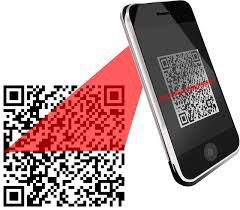In a time when fake products are expected both companies and consumers are always anxious about maintaining real things.
Anti-counterfeiting QR codes are a criterion of a new way to negotiate with this problem and this is only created achievable by technological advances. These distinctive codes are a powerful tool against fake parcels because they make it manageable to review if the product is true and safeguard both businesses and customers.
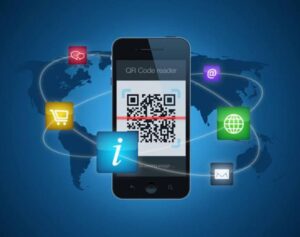 Quick Response (QR) codes are bars that have two dimensions and can accumulate a lot of input. QR codes first became notable in the early 2000s. Since then they have become widely utilized because they can store URLs, contact knowledge, and product elements in a tiny visual format. Because they can be utilized in multiple ways and can be scanned efficiently with smartphones, they are utilized in multiple businesses.
Quick Response (QR) codes are bars that have two dimensions and can accumulate a lot of input. QR codes first became notable in the early 2000s. Since then they have become widely utilized because they can store URLs, contact knowledge, and product elements in a tiny visual format. Because they can be utilized in multiple ways and can be scanned efficiently with smartphones, they are utilized in multiple businesses.
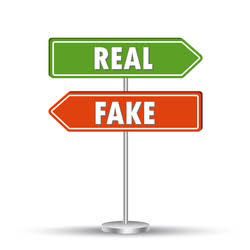 Fake parcels or products are a big problem for businesses because they cost them money and question customer faith. Counterfeiters are always moving toward new ways to get around being hooked. This implies that businesses must utilize strong and new keys to safeguard the virtue of their brands.
Fake parcels or products are a big problem for businesses because they cost them money and question customer faith. Counterfeiters are always moving toward new ways to get around being hooked. This implies that businesses must utilize strong and new keys to safeguard the virtue of their brands.
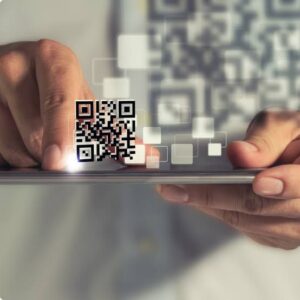
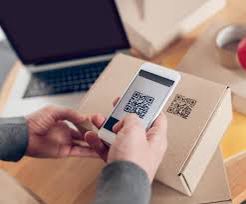 Brands that implemented anti-counterfeiting QR codes or comparable technology at the time include the following:
Brands that implemented anti-counterfeiting QR codes or comparable technology at the time include the following:
Understanding QR Codes
 Quick Response (QR) codes are bars that have two dimensions and can accumulate a lot of input. QR codes first became notable in the early 2000s. Since then they have become widely utilized because they can store URLs, contact knowledge, and product elements in a tiny visual format. Because they can be utilized in multiple ways and can be scanned efficiently with smartphones, they are utilized in multiple businesses.
Quick Response (QR) codes are bars that have two dimensions and can accumulate a lot of input. QR codes first became notable in the early 2000s. Since then they have become widely utilized because they can store URLs, contact knowledge, and product elements in a tiny visual format. Because they can be utilized in multiple ways and can be scanned efficiently with smartphones, they are utilized in multiple businesses.
The Increase of Fake Products
 Fake parcels or products are a big problem for businesses because they cost them money and question customer faith. Counterfeiters are always moving toward new ways to get around being hooked. This implies that businesses must utilize strong and new keys to safeguard the virtue of their brands.
Fake parcels or products are a big problem for businesses because they cost them money and question customer faith. Counterfeiters are always moving toward new ways to get around being hooked. This implies that businesses must utilize strong and new keys to safeguard the virtue of their brands.
The Role of Anti-Counterfeiting QR Codes
There are even technological forms of QR codes developed particularly to prevent or see counterfeit or fake parcels these are named anti-counterfeiting codes. Counterfeiting, the illegal presentation, and distribution of imitations or knockoffs of legitimate goods, has negative effects on both buyers and sellers. QR codes can be included in product packaging or labels to combat counterfeiting. These codes will perform as a verification tool for customers and a tracking procedure for producers.Some popular strategies for anti-counterfeiting QR codes are as follows:

Unique Identification:
A one-of-a-kind QR code is developed for each product. This facilitates the tag and confirmation of specific codes.Coded Security:
To avoid unauthorized permits or modifications, the data within the QR code is encrypted or digitally marked. This prevents the QR code from being readily duplicated.Variable Data:
The data encoded in the QR code can transform over time, for example, a serial number, display date, or batch number. The precision of this data can be reviewed by corresponding it to a database.Secure labels or holograms:
Integrating QR codes with holographic or security labels creates them much harder to generate. To dissuade counterfeiters these labels may feature unique designs, textures, or color-changing markers.Track and Trace:
By incorporating anti-counterfeiting QR codes into a larger track-and-trace system producers can maintain tabs on their goods as they assemble their way through the supply chain. This makes it manageable to track down any case of stealing or misappropriation.Verification of Purchasers:
To assure that the product they are buying is genuine, customers can scan the QR code using a QR code scanner app or a smartphone. The software can provide immediate feedback on the legality of the goods.Digital Authentication:
Consumers and producers can utilize QR codes to review the legality of a product by relating to a confirmation platform or database online.Online Verification:
QR codes can be related to an online verification platform or database where customers and manufacturers can validate the product’s genuineness. This platform can deliver additional knowledge about the product, for example, its origin, manufacturing elements, and authorized dealers. By implementing these anti-counterfeiting criteria businesses can safeguard their brand reputation, assure consumer safety, and combat a lot of counterfeit goods.Brands Using Anti- Counterfeiting QR Codes:
As of my most recent report in September 2021, several companies have begun using anti-counterfeiting QR codes to safeguard their products and provide customers peace of mind about the genuineness of the items they purchase. Brands that implemented anti-counterfeiting QR codes or comparable technology at the time include the following:
Brands that implemented anti-counterfeiting QR codes or comparable technology at the time include the following:
-
Adidas:
-
Puma:
-
Philips:
-
Samsung:


